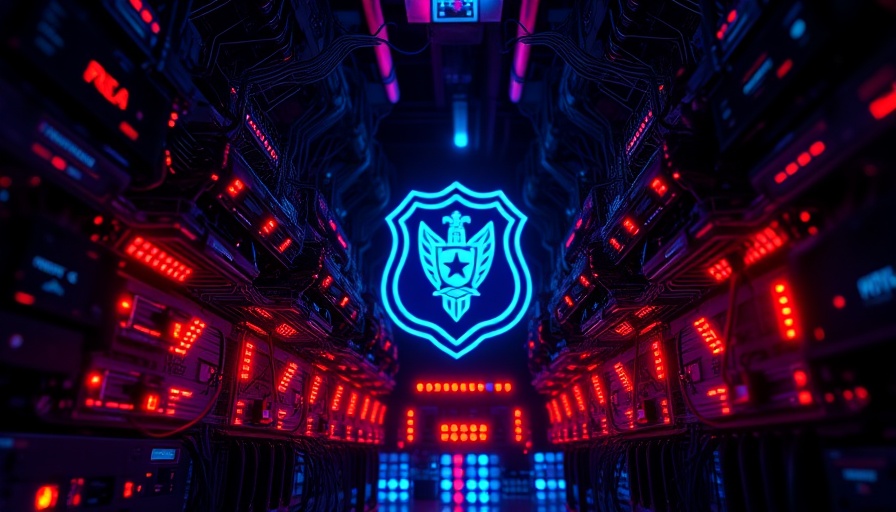
The Rise of DDoS Botnets and Their Impact on Businesses
The recent arrest of Ethan J. Foltz for allegedly running the powerful Rapper Bot network has sent shockwaves through the cybersecurity community. This sophisticated botnet was a significant player in the surge of distributed denial-of-service (DDoS) attacks that have increasingly plagued businesses and public organizations alike. With targets in about 80 countries, the implications are profound for business leaders navigating the digital landscape.
Understanding the Threat Landscape
DDoS attacks, where a network of compromised devices floods a target with traffic, can severely disrupt services. The Rapper Bot, hitting a peak of 6 terabits per second, serves as a stark reminder of the scale of threats that businesses face today. Prior to Foltz's arrest, the botnet was responsible for over 370,000 attacks on 18,000 unique victims, including high-profile companies like X.
The Business Costs of Cybersecurity Breaches
For businesses, the costs associated with cybersecurity breaches extend beyond immediate service interruptions. The potential for lost revenue, damage to brand reputation, and the legal ramifications tightly bind a company's resilience in these scenarios. As noted by U.S. Attorney Michael J. Heyman, the disruption of such a formidable botnet serves as a crucial step in safeguarding these organizations. Business leaders must prioritize robust cybersecurity measures, understanding these threats are real and evolving.
What Leaders Can Learn from the Rapper Bot Incident
This incident serves as a critical case study for tech-savvy professionals and managers examining risk management in their sectors. Adopting proactive strategies, such as implementing strong network defenses and ongoing monitoring of connected devices, can help mitigate risks from DDoS attacks. Leaders need to consider not just reactionary tactics but also cultivate a security-first culture by training their teams on potential threats.
Future Trends: Anticipating the Next Wave of Cyber Threats
How can businesses prepare for the evolving threat landscape? As cyber threats grow more sophisticated, so too must the defenses of companies. This will likely involve the increasing use of artificial intelligence for threat detection and response. The integration of advanced analytics and machine learning could represent a critical line of defense, ensuring that organizations can predict and neutralize attacks before they escalate.
As we reflect on Foltz's case, it becomes clear that understanding and navigating the complexities of cybersecurity must be a priority for business leaders. Investing in robust cybersecurity measures is not just about compliance; it’s about fostering resilience and ensuring longevity in an increasingly digital world.
 Add Row
Add Row  Add
Add 










Write A Comment